Saudi Arabia, strategically located along the Red Sea and the Arabian Gulf, is home to some of the most important seaports in the Middle East. These ports play a vital role in the kingdom’s economy, connecting it to global trade routes and facilitating the movement of goods across the world. Whether you’re involved in international trade, logistics, or simply curious about Saudi Arabia’s maritime significance, it’s essential to understand the key seaports that shape the country’s trade landscape.
From bustling ports like Jeddah to the key industrial hubs on the Arabian Gulf, Saudi Arabia’s ports are the heart of its economic activity. This guide will take you through some of the most important ports in the country and their unique features.
Top 7 Seaports in Saudi Arabia
Saudi Arabia seaports play a crucial role in enabling international trade, handling vast cargo volumes, and supporting the country’s economic growth. Here’s a look at the top seven seaports driving Saudi Arabia’s maritime industry.
1. Jeddah Islamic Port
Jeddah Islamic Port is one of the most significant seaports in Saudi Arabia, serving as the kingdom’s main gateway for international trade. Located on the Red Sea coast, this port has been operational since its establishment in 646 A.D. Today, it is one of the busiest ports in the region, handling over 65% of the country’s import commodities.
- Annual Cargo Handling Capacity: 130 million tonnes
- Berths: 62 modern berths with state-of-the-art cargo handling equipment
- Key Feature: Vital international shipping route connection between Europe, Asia, and Africa
- UN/LOCODE: SAJED
- Facilities: Equipped with modern facilities to handle diverse types of cargo, including general cargo, containers, and bulk products
Jeddah Islamic Port’s strategic location on the Red Sea makes it crucial for global trade, with the port serving as a vital hub for maritime transport connecting different continents.
2. King Abdulaziz Port in Dammam
King Abdulaziz Port, located in Dammam on the Arabian Gulf, is the largest and busiest port in the Gulf region. It ranks as the third-largest and third-busiest port in the Middle East and North Africa. The port has seen significant growth in recent years, including a 13.10% increase in container handling in 2023.
- Annual Container Handling Capacity: Up to 2.3 million TEUs (Twenty-foot Equivalent Units) in 2023
- Berths: 43 fully equipped berths
- Annual Cargo Handling Capacity: 105 million tonnes of cargo and containers
- Key Feature: It serves as a major maritime hub between the Arabian Gulf and the rest of the world
- Strategic Importance: Facilitates trade within the Gulf region and beyond
With its expansion and modern facilities, King Abdulaziz Port continues to strengthen its position as a critical center for trade and commerce in the Middle East.
3. King Fahad Industrial Port in Yanbu
Located on the Red Sea coast in Yanbu, King Fahad Industrial Port is a key player in Saudi Arabia’s industrial and petrochemical export sector. It has become increasingly important due to its specialization in handling industrial products and petrochemical shipments.
- Annual Container Handling Capacity: 210 million tons
- Key Feature: Specializes in handling industrial products and petrochemicals
- Port Facilities: Includes a dedicated container terminal with significant berth capacity
- Berths: 34 berths and covers an area of approximately 6.8 square kilometers
- Ship Traffic: In 2023, the port saw 6,538 vessels pass through its terminals
- Cargo Handling: Supports the export of petrochemical, chemical, and bulk products
- Strategic Location: Positioned to facilitate the growth of Saudi Arabia’s industrial exports
King Fahad Industrial Port’s focus on petrochemicals and industrial products highlights its critical role in supporting Saudi Arabia’s economic diversification and growth.
4. Jubail Commercial Port
Jubail Commercial Port, located on the Arabian Gulf coast, serves as an important gateway to both regional and international markets. It plays a vital role in Saudi Arabia’s industrial and export sectors, particularly for industrial products and petrochemicals. With its growing capacity and modern facilities, the port remains a crucial hub for trade in the region.
- Annual Container Handling Capacity: 1.8 million TEUs
- Total Annual Handling: Handles around 4 million TEUs annually, including various types of cargo such as industrial products and petrochemicals
- Quay Length: 2,600 meters of quay space
- Key Feature: Focus on handling industrial cargo and petrochemicals
- Container Terminal: Includes a specialized container terminal with substantial berth capacity
Jubail Commercial Port’s advanced infrastructure and capacity expansion make it a critical asset for Saudi Arabia’s export-oriented economy, particularly for its industrial sector.
5. Duba Port
Duba Port, strategically located as the closest Saudi port to the Suez Canal, holds significant importance for both cargo and passenger transportation. Its prime location makes it an essential point for maritime trade between Saudi Arabia and Mediterranean countries. The port serves a critical role in transporting passengers and vehicles, alongside handling various types of cargo.
- Area: Spans 12,000 square kilometers
- Berths: 8 berths, with a total length of 1,350 meters and a depth of 15 meters
- Cargo Handling Capacity: 10 million tons annually
- Terminals: 3 terminals designed for various types of cargo
- Storage: Covered storage areas totaling 12,000 square meters
- Key Feature: Receives passenger ships, ro-ro vessels for car transport, bulk cargo ships, and general cargo
- Control Tower: Features a marine control tower to supervise the movement of incoming, departing, and transit ships
- Warehouses: Includes 6 general cargo warehouses (25,200 square meters), hazardous materials warehouse (1,500 square meters), and a livestock shed (1,860 square meters)
- Port Facilities: Equipped with modern cargo handling equipment, 8 marine vessels for services such as tugboats and oil separation
Duba Port’s strategic location, advanced facilities, and capacity make it a crucial hub for both trade and passenger transport, significantly contributing to Saudi Arabia’s maritime trade sector.
6. King Fahad Industrial Port in Jubail
King Fahad Industrial Port, located in Jubail, is a vital hub supporting Jubail Industrial City’s growth. It mainly handles the import of raw materials needed for local industries such as petrochemicals, refining, and chemicals. The port also plays a key role in exporting refined petroleum products and other chemicals produced in the region.
- Annual Cargo Handling Capacity: Around 70 million tons
- Annual Container Handling Capacity: 1 million TEUs
- Berths:
- Total of 34 berths, 27 of which are operational
- 5 berths for shallow draft vessels
- 3 berths can accommodate vessels up to 346 meters long with a 30-meter draft
- 19 specialized berths, including:
- Bulk Solid Berths: 230-250 meters in length
- Petrochemical Liquid Bulk Berths: 280 meters in length
- Dedicated LPG and Refined Product Berths
The port serves as a crucial connection for industries in Jubail, supporting both the import of essential materials and the export of finished goods.
7. Ras Tanura Port
Ras Tanura Port is one of the world’s most important oil ports, handling a large portion of Saudi Arabia’s crude oil and petroleum product exports. The port is a major part of the country’s oil industry infrastructure and plays a significant role in the global energy market.
- Annual Cargo Throughput: Around 20 million tons
- Crude Oil Export Capacity: 6.5 million barrels per day, about 7% of the world’s oil demand
- Operational Capacity: The port can accommodate up to 4,000 oil tankers per year and unload or load up to 16 vessels at once
- Berths:
- 28 total berths, divided between Ras Tanura and Al-Ju’aymah
- Facilities dedicated to handling large volumes of crude oil and refined petroleum products
- Special Function: Supports military exercises and strategic oil exports
Ras Tanura is an essential port for the global oil market, reinforcing Saudi Arabia’s position as a key oil exporter.
8. Jazan Port
Jazan Port, located on the Red Sea coast in southwestern Saudi Arabia, is the Kingdom’s third-largest port and a crucial gateway for livestock imports from Africa. Established in 1976, the port has expanded its capacity through multiple development phases, making it a central hub for international trade.
Key Details:
- Ownership: Managed by Saudi Ports Authority.
- Berths: 12 berths with three approach channels and assisted guidance for safe navigation.
- Quay Length: 1,200 to 1,250 meters.
- Channel Depth: 13.7 meters, with a quay side draft of up to 16.5 meters at some berths.
- Annual Cargo Handling Capacity: 1 million TEUs and 4-5 million tons of cargo.
- Cargo Types: Containers, general cargo, bulk cargo, livestock imports, and liquid bulk (oil tankers).
- Specialized Facilities: Passenger terminals at Jazan Port and Farasan Island, Aramco-operated refinery marine terminal, refrigerated container areas, and warehouses with customs inspection facilities.
9. Ras al Mishab Port: A Strategic Military Hub
Ras al Mishab Port, located on the northeast coast of Saudi Arabia along the Persian Gulf, serves primarily military and strategic purposes. Positioned at coordinates approximately 28°7’N latitude and 48°38’E longitude, the port plays a supporting role for King Khalid Military City located inland.
Key Details:
- Port Size: Small
- Harbor Type: Open roadstead with fair shelter.
- Water Depth: Channel and cargo pier depths range from 36 to 40 feet (11 to 12.2 meters).
- Maximum Vessel Size: Accommodates vessels over 500 feet in length.
- Turning Area: Available.
- Pilotage: Compulsory and available.
- Tugs: Available for assistance.
10. Ras al Ghar Port: A Key Logistics Hub
Ras al Ghar Port, located in Saudi Arabia, serves as an important maritime gateway for the region. Despite being classified as a small port, it plays a significant role in handling various types of cargo and facilitating regional trade. The port’s facilities and equipment make it well-suited for handling containerized and general cargo, contributing to the Kingdom’s broader logistics and trade network.
Key Details:
- Location: Saudi Arabia (specific location details not provided).
- Cargo Throughput: 10,000 MT to over 300,000 MT
- Port Size: Small
- Harbor Type: Open roadstead with fair shelter.
- Water Depth: Channel and cargo pier depths range from 36 to 40 feet (11 to 12.2 meters), accommodating medium-sized vessels.
- Pilotage: Compulsory and available.
- Tugs: Available for assistance.
- Cranes: Equipped with fixed and mobile cranes, including 100+ ton lifts and 25-49 ton lifts.
Intoglo: Your Door-to-Door Logistics Partner from India to the USA
Intoglo provides end-to-end logistics solutions for FCL shipments from India to the USA, ensuring a smooth process every step of the way. From origin pickup to final delivery, Intoglo manages it all with ease.
Key Features Include:
- Origin Pickup & CFS: Pan India pickups within 24 hours
- Customs Clearance: Hassle-free clearance at both origin and destination
- Ocean Freight: Competitive rates and reliable shipping
- Last-Mile Delivery: Direct trucking network in the USA
- Warehousing: Next-generation, secure storage solutions
- Own CFS Space: At major ports to streamline operations
- Major Shipping Line Contracts: Ensuring timely and cost-effective shipping
To further enhance your logistics experience, Intoglo offers useful tools for exporters. Make your USA logistics more efficient with Intoglo’s US Exporters Kit, which includes:
- USA port map with details of major wet and inland ports of the USA
- Smart route planner to major U.S. ports
- USA holiday calendar for holidays and long weekends
- Road freight limits guide to plan cargo weight for U.S. road trucking
With Intoglo’s comprehensive logistics network and tools, you can ensure smooth, efficient shipments to the USA.
Conclusion
Saudi Arabia’s top seaports play a vital role in global trade, acting as gateways for goods moving in and out of the kingdom. From Jeddah’s bustling hub to Ras Tanura’s oil export dominance, each port brings unique strengths to Saudi Arabia’s economy.
Similarly, businesses looking to ship goods from India to the USA can greatly benefit from a reliable logistics provider like Intoglo. With a comprehensive service offering, including origin pickup, customs clearance, ocean freight, and last-mile delivery, Intoglo ensures smooth and efficient shipping solutions.
Ready to streamline your logistics? Get an instant quote for FCL shipping from India to the USA with Intoglo today and start your journey towards hassle-free international shipping. Visit Intoglo for more details!


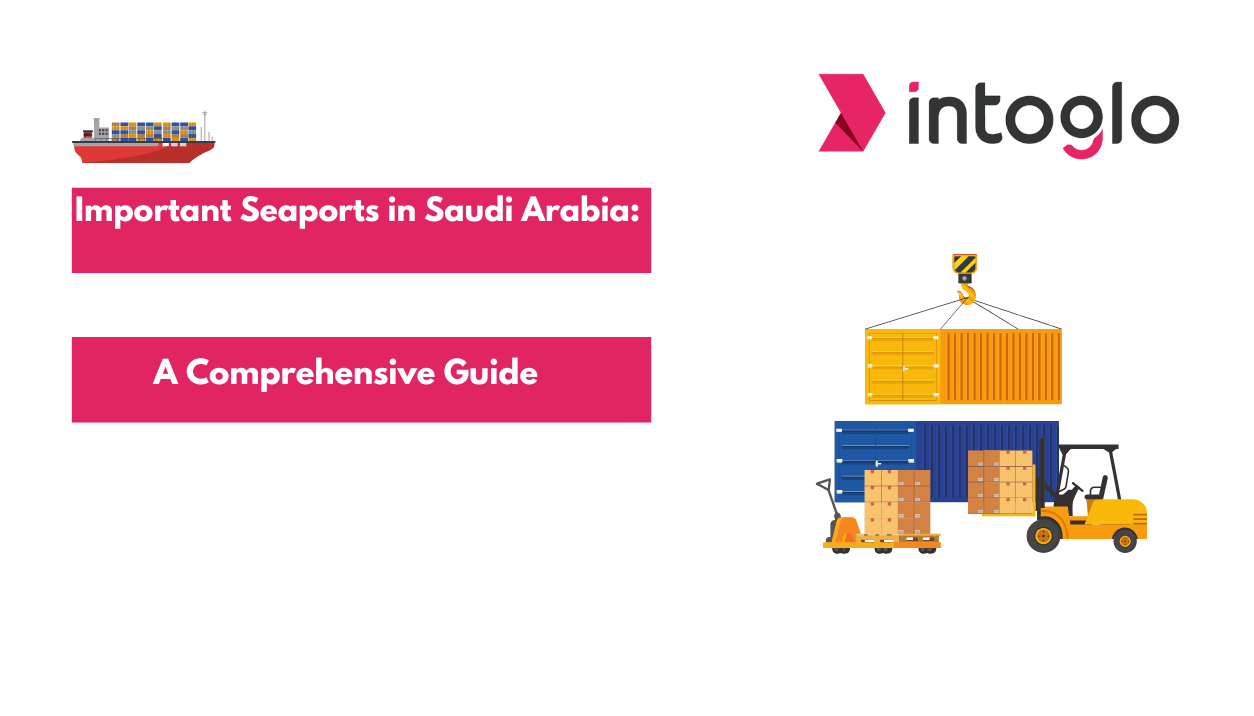
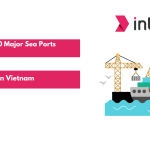
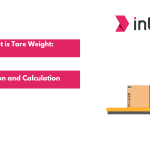
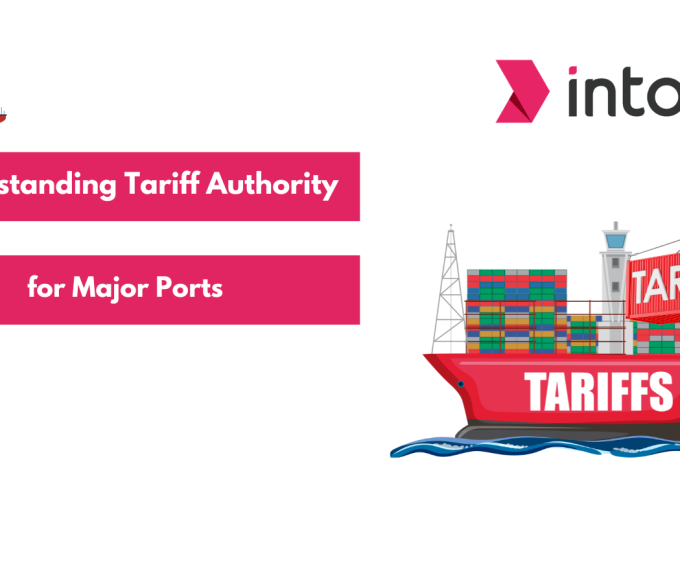
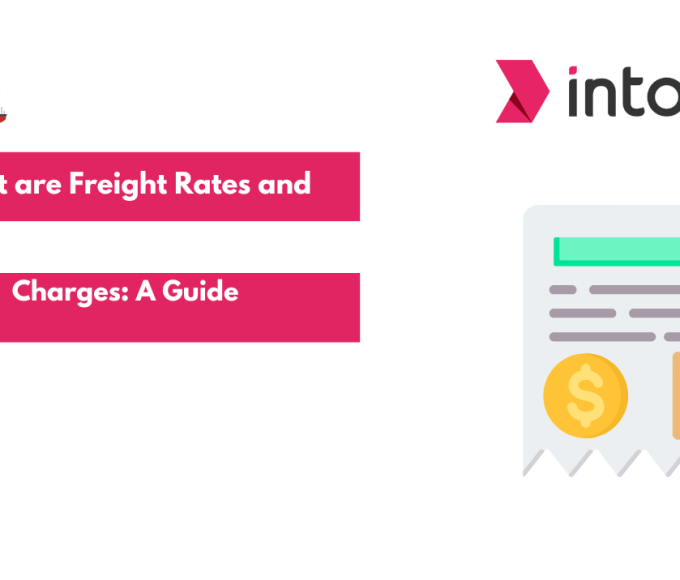
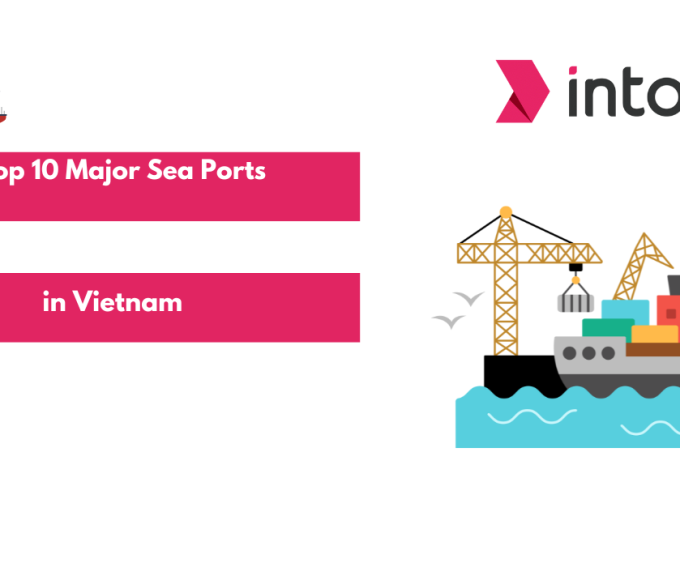
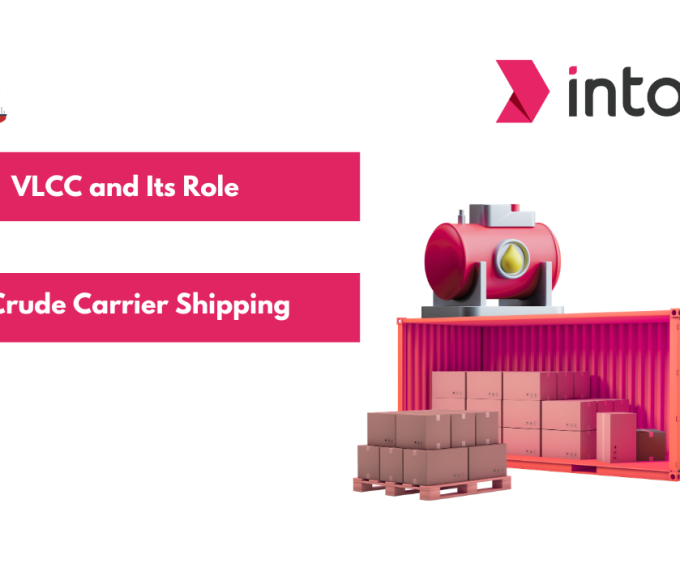
Leave a comment